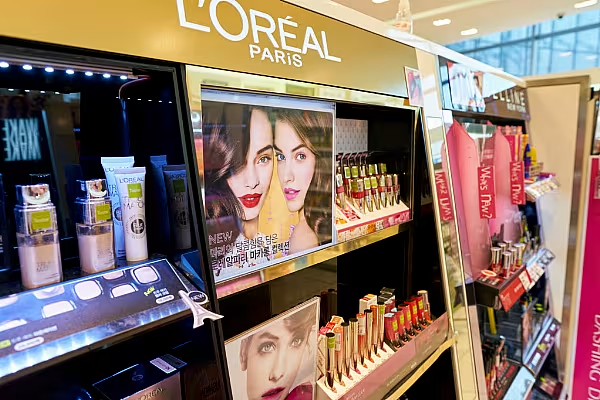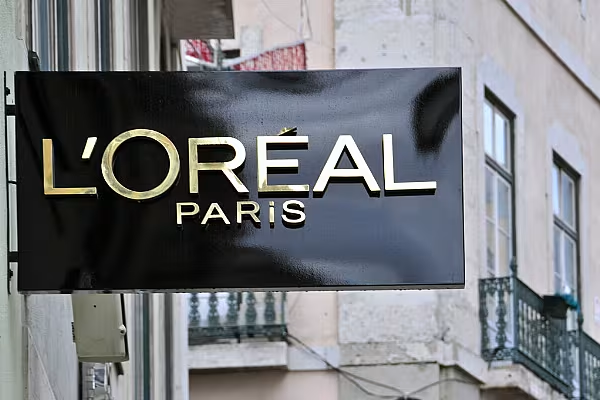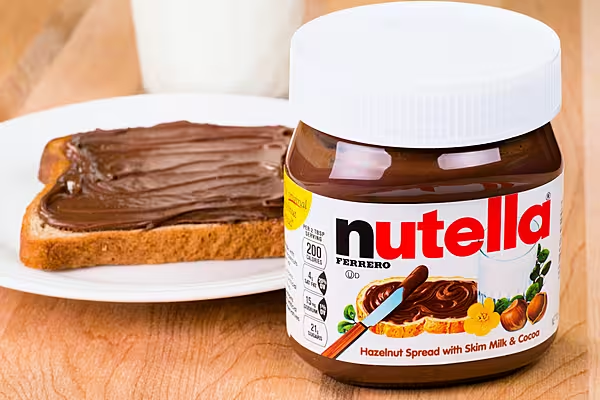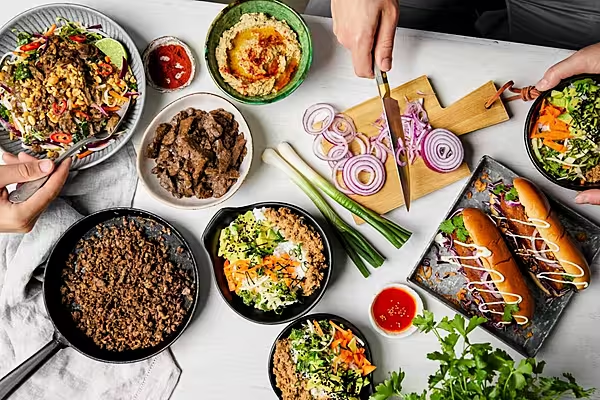Maybelline and Lancome maker L'Oréal aims to derive nearly all its ingredients from renewable plant sources and abundant minerals by 2030, it said on Thursday, as demand for organic and environmentally-friendly cosmetics grows.
The world's leading beauty groups face increasingly savvy consumers who want creams and make-up made from natural components as well as products that can be recycled, a trend compounded by the COVID-19 pandemic, which put the onus on safe and healthy goods.
That poses a major challenge in terms of adapting packaging, but also developing products that can be preserved and deliver similar results to non-natural ones.
L'Oréal said over the next 10 years, 95% of the ingredients across all its brands and ranges would come from plants and flowers that can renewed or replanted, and minerals that can be found in abundance, up from around 70% now.
'Green Science' Approach
The move towards a 'green science' approach in research and development will also involve developing formulas that are not harmful to aquatic ecosystems when dissolved in water, L'Oréal said.
"We decided it was the right moment to do this as there has been a lot of scientific progress," said Laurent Gilbert, director of sustainable innovation at L'Oréal.
This includes developing new ways of extracting or producing ingredients such as Vitamin-C or hyaluronic acid.
Some products were harder to adapt with the same degree of effectiveness as those containing chemicals, Gilbert said, including sun screen and wholly-natural hair dyes which are available in a smaller range of colours.
Pressure From Shoppers
Like peers, the French cosmetics group, which also makes Garnier shampoo, has faced pressure from shoppers growing increasingly picky about ingredients, and relying on consumer guides and mobile apps to help them choose products.
L'Oréal, which posted rebounding sales in the fourth quarter despite a 2020 hit from the pandemic, has sought to counter doubters by publishing lists of the ingredients used in its formulas.











